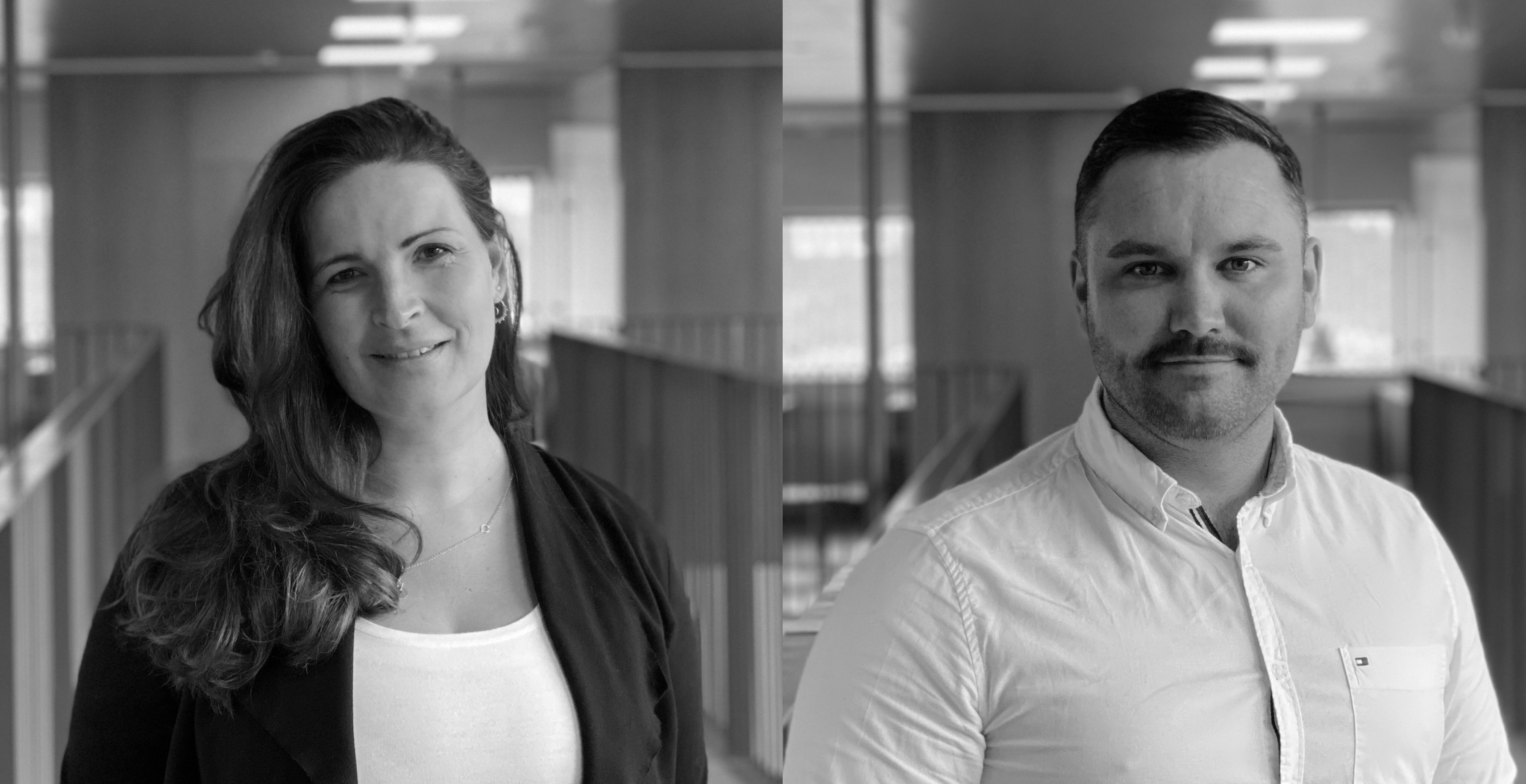
Armed with history and Big Data, James and Carolin are looking for answers to Climate Change
By combining the history of warfare with long data series of climate change DIAS-researchers hope to create a model for understanding and predicting climate induced conflict. If it wasn’t for DIAS, our project wouldn’t be happening, says James Rogers, assistant professor in War Studies at SDU.
- Promise me, that you won’t lead with: James will achieve global peace, James Rogers says.
Nevertheless, working towards solutions that could lead to a more peaceful global world is the goal of the interdisciplinary DIAS-project Can we predict under which conditions anthropogenic climate change leads to wars or collaboration?
The project is a teamwork between researchers James Rogers, assistant professor in War Studies, SDU and Carolin Löscher, associate professor in Biology, SDU, combining methods and knowledge from their two fields.
- There are two things that are incredibly well documented in history: human warfare and variations in the climate. If we look at war and climate change throughout history, is it then possible to find correlations between times of extreme climate variation and growing conflict? And can we use that knowledge to prevent climate induced conflicts in the future? That is the idea behind the project, James Rogers explains.
Hopefully, the project will help create methods that can be used in fighting climate change and climate induced conflict both academically and politically.
The researchers are hoping to publish their initial findings in Nature Communications within the next 24 months.
A table in the Kitchen
James Rogers and Carolin Löscher, both DIAS fellows, met at a table in the DIAS kitchen at SDU. An informal meeting, that led to an ongoing collaboration between the two:
- It is not often that you get an expert on marine microbial ecology and climate change coming together with a historian of war and security. They don’t usually meet. If it wasn’t for DIAS, our project wouldn’t be happening, says James Rogers.
By combining long data series on climate variations with the history of war the researchers hope to create a qualitative model for understanding and possibly predicting conflicts that are correlated to climate change.
Climate as a catalyst of war
- We are looking at the rising rate of conflict in areas which are heavily impacted by climate change like for example the Arctic. Can we identify that ‘climate’ is a causing agent, a catalyst of war? Our model is meant to understand ways in which we can provide an early warning of when conflicts might emerge, James Rogers says.
- And are there times where there’s been spikes in severe climate change, that have led perhaps not to war but where society has reacted another way and has cooperated to avoid war?
As an example of a correlation between war and climate change James Rogers points to the Laki volcano in southern Iceland which erupted over an eight-month period from 1783-84 and sent large ash clouds up in the sky across Europe:
- This event resulted in famine and food insecurity in Europe, which led to peasant revolts and in the end the beginning of the French Revolution. So here is a clear link between climate change and the revolution, he says.
Affecting the policy discussion
Right now, the researchers are primarily focusing on getting to know the field better, to learn and to listen, as James Rogers says. In addition to this, they are using their collective knowledge in their individual work, James Rogers has for example recently published two scientific articles that came to be because of the project.
Another focus point is making contacts in the field of war and climate change.
- The world is starting to realize that war and climate change goes hand-in-hand. Now, our biggest impact is informing and directing the policy discussion about this. We need to be able to critique policies and foster new directions and hopefully new solutions. We also want to make sure the issues are on the radars of policy makers, James Rogers says.
Later this year, the team are planning for the current President of Iceland, Guðni Th. Jóhannesson, to visit DIAS to talk about his vision on the area. And in august, James Rogers and Carolin Löscher are planning to talk at the Arctic Circle Greenland about war and climate change.
They are also in contact with policymakers and global scholars in the field, for example will the renowned war historian Professor Caroline Kennedy-Pipe and historian Dr Calder Walton be visiting SDU this summer to talk about the issues.
Staying within our silos
In the long run, the goal is to use the new approach to inspire and direct the academic field – and eventually help the global society.
- We hope that our research can find solutions that for example would help ensure peace in the Arctic. Broader, internationally, the research can hopefully help lead the way toward peace globally, he says.
That’s quite an impact.
- You’ve got to have ambition. Both war and climate change affect every level of society. War and climate change are two topics that calls for interdisciplinary approaches. It is through working interdisciplinarity that we find novel solutions to the world’s most challenging issues. If we stay within our silos, we come up with the same old answers, James Rogers says.
How did the team find each other?
- At an informal meeting at a table in the DIAS kitchen at SDU researchers James Rogers and Carolin Löscher met for the first time. Here they began discussing how their fields could benefit from each other, and the discussions led to an ongoing collaboration between the two.
- When the researchers started chatting, they laid the ground stones for their interdisciplinary project: Can we predict under which conditions anthropogenic climate change leads to wars or collaboration?